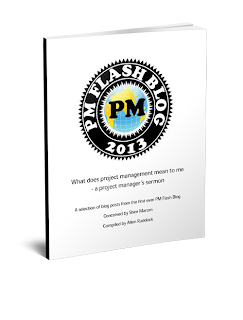Ideas about extreme risk management have been around a long time. No news there, so let's press on.
Here's a working definition: Extreme risks are those for which the consequences are nearly irreversible, and the impact is near-catastrophic. And, fortunately, in most cases, the likelihood of the event is low.
Because the expected value is nearly zero, but the threat so high, people are willing to pay high premiums to make the problem go away. Thus is born the high risk insurance industry -- high premiums for low expected value!. As long as the frequency of events is small, you pay and pay and they haul it to the bank.
Pushing risk off to high-risk underwriters--most famously Lloyds of London--has been a traditional mitigation.
But for some projects and some circumstances, insurance is not practical.
There are a couple of principles that guide action.
--- Probably the oldest is something called the Precautionary Principle.
In a few words what it means is that burden of proof about consequences is shifted to the advocate of taking action to do something (like: there's a risk; buy insurance), and away from the pessimist who is blocking the action (like: insurance is too expensive, let's risk it, or: it'll never happen).
Failure is not an option
One project example is the decision in Houston regarding the return of Apollo 13 after the explosion that damaged the spacecraft. Gene Kranz, lead Flight Director, essentially turned back the advocates for a quick return and directed an orbit around the moon for the return.
The consequences of an early return, if not successful, were fatal since the moon lander lifeboat had to be abandoned if the early return option was selected.
A good description of the decision making process is found in Kranz's book: "Failure is not an option"
-- A second principal is the so-called 1% Doctrine. Tom Friedman, writing in the New York Times, described the One Percent Doctrine, a phrase made famous by Ron Suskind in his book of the same title. It described the precautionary principle this way:
(advocate) If there is even 1% chance of a horrific event happening, then consider it's expected value as a certainty.
A certainty? How does that compute? Math: nearly 0 x nearly Very Large = nearly 1. Ergo: if the outcome is so horrific, you have to do something, even if the likelihood is very low.
Caution: such logic can lead to many unbudgeted and unexpected consequences!
Read in the library at Square Peg Consulting about these books I've written
Buy them at any online book retailer!
Read my contribution to the Flashblog



